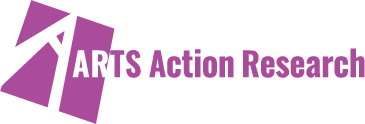ARTS Actions Research helps arts professionals and board members confront the realities of today’s volatile environment and develop mutually supportive relationships and partnerships to address these realities. AAR’s work focuses on what arts professionals need to do to serve their own best interests; and on board partners and community leaders truly committed to helping arts professionals and their organizations and communities.
In spite of today’s dramatically different realities, the traditional arts board structure and the theories and myths underpinning it, have endured virtually unchanged for decades. Consequently many arts organizations are employing board structures and expectations designed for the mid-20th century while working in a vortex of early-21st century realities. This approach to arts boards requires serious retooling. AAR’s concepts and approaches to boards are based on some key concepts and practical applications, including:
- Dispelling theories and myths of the traditional board structure calling for large boards, elaborate committee structures and protocols, heavy-handed, asymmetrical oversight of the professionals by the board, etc. None of this is grounded in the law.
- Professional arts leadership must assume leadership, responsibility and authority to lead and direct their own organizations. Responsibility and authority must be commensurate.
- Board members must come through the work and be knowledgeable, conversant and committed to the work and organization.
- Staff and board must commit to a truly dynamic leadership-partnership. Board leadership must be carefully identified and cast by professional staff and board leadership and placed in roles that are clear, well defined and ‘do-able’.
- Professional and board leadership must recalibrate roles and relationships that makes for a healthy, proactive and high-functioning partnership of staff and board.
There is no concept or action that we use or advocate that has not been tested and embraced by many of the performing, presenting, visual, literary arts or service organizations with which we work. Arts organizations have never had sufficient financial capital; the field’s greatest resource is its human capital. Our work in rethinking and redesigning boards is aimed at creating more positive, healthy, productive and balanced organizations and relationships among professional staff, board and volunteers.


Leave a reply
You must be logged in to post a comment.